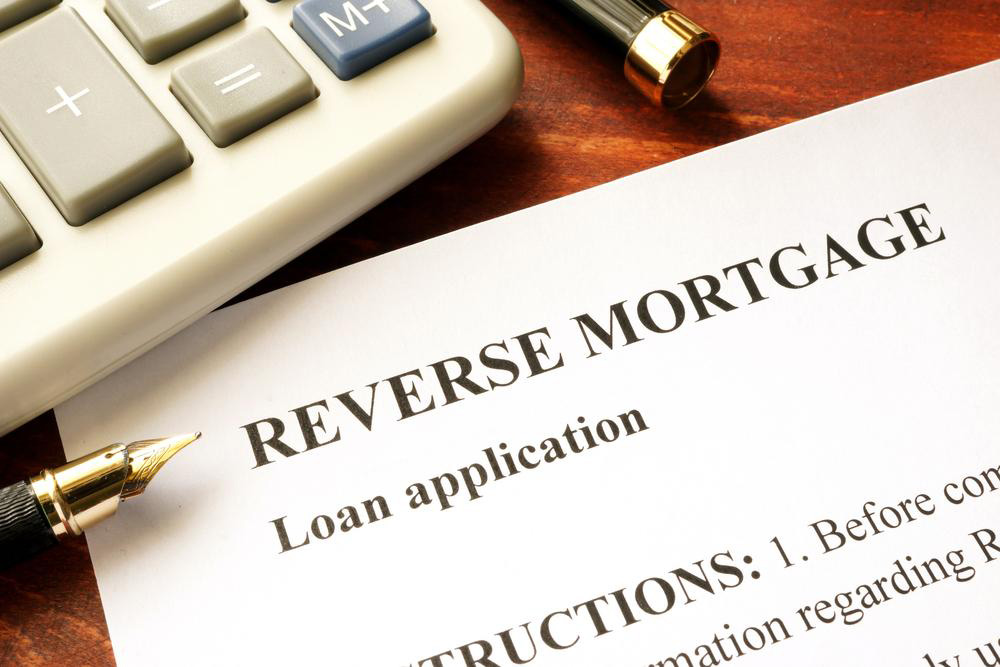Understanding Mortgage Default Rates and Market Implications
This article explains mortgage default rates, their significance in assessing market stability, and how brokers and lenders monitor these figures for better risk management. It emphasizes the importance of low default rates for maintaining trust and financial health within the mortgage industry, highlighting factors influencing these rates and their broader economic implications.

Insights into Mortgage Default Rates and Market Dynamics
A mortgage default occurs when a borrower fails to meet the repayment obligations before the loan is finalized. The default rate reflects the proportion of mortgages that fail to close after the application process. Industry professionals, including lenders and brokers, continuously monitor these rates to gauge economic health. Typically, mortgage processes span two months or more, making default rates a key indicator of market stability. Elevated default percentages can signal economic downturns, affecting lenders, brokers, and borrowers alike. The default rate measures the percentage of mortgages that remain unclosed or expired.
Several factors influence default rates, including hedging strategies used during loan processing.
What’s the process?
Mortgage advisors or brokers secure competitive loan offers for clients and implement hedging techniques to mitigate rising interest rate risks.
Additional insights:
Hedging mechanism: Applied until the loan is disbursed, approved, or finalized.
Once the mortgage is finalized, brokers remove the hedge and may sell the loan on the secondary market.
Relevance: Default rates indicate the percentage of active mortgages where hedging has expired. Experienced brokers understand the market intricacies affecting these rates, allowing better risk management.
Interest rates: Lower default rates benefit both brokers and borrowers, serving as a performance indicator for brokers' efficiency. Thus, default rates help assess the risk associated with hedge strategies.
Pros and Cons of Mortgage Default Rates
The mortgage sector heavily relies on analyzing default statistics, as these figures reflect overall market health. For brokers and lenders, a high default rate signifies increased risk and potential losses, negatively impacting confidence. Conversely, low default rates suggest strong broker performance and higher client trust. Monitoring these rates enables industry stakeholders to gauge economic conditions and improve risk mitigation strategies. Maintaining low default percentages enhances credibility, trust, and client retention in the secondary mortgage market.
Stay informed about latest trends in Mortgage news. Follow us on Facebook and Twitter for updates on investments and market insights.
Note:
Our blog offers diverse and practical information across multiple categories. Readers should consider the research and data as helpful guides but not absolute. The site disclaims responsibility for discrepancies or inaccuracies across sources. Additionally, some schemes and offers may not be covered here but could be more advantageous for individual circumstances.










